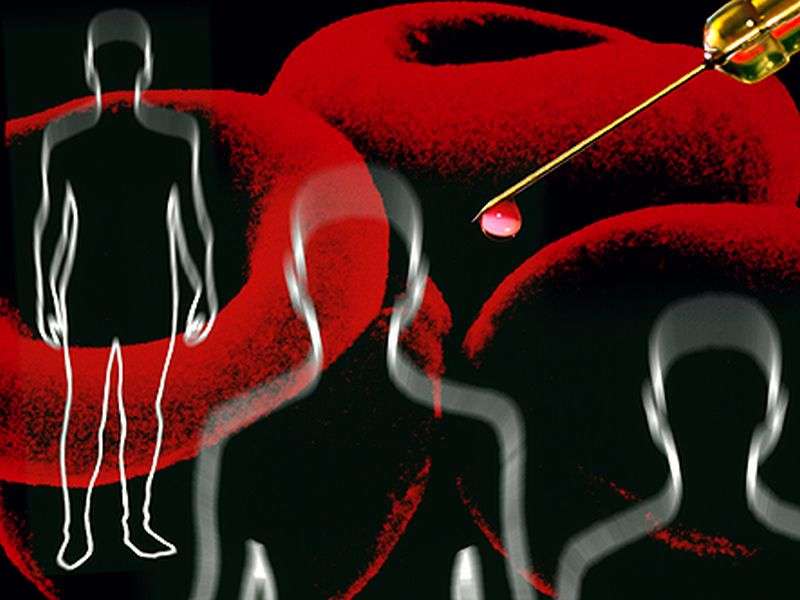Occult cancer found in ~5 percent with unprovoked VTE

(HealthDay)—About one in 20 patients with unprovoked venous thromboembolism (VTE) have occult cancer detected within one year, according to a review published online Aug. 22 in the Annals of Internal Medicine.
Nick van Es, M.D., from the Academic Medical Center in Amsterdam, and colleagues estimated the prevalence of occult cancer in patients with unprovoked VTE using data from 10 eligible studies with 2,316 patients.
The researchers found that after VTE diagnosis, the 12-month prevalence of cancer was 5.2 percent. Patients who had extensive screening had a higher point prevalence of cancer than those who had more limited screening initially (odds ratio, 2.0; 95 percent confidence interval, 1.2 to 3.4) but not at 12 months (odds ratio, 1.4; 95 percent confidence interval, 0.89 to 2.1). There was a linear increase in cancer prevalence with age, with seven-fold higher prevalence in patients aged 50 years or older versus younger patients (odds ratio, 7.1; 95 percent confidence interval, 3.1 to 16).
"Although an extensive screening strategy initially may detect more cancer cases than limited screening, whether this translates into improved patient outcomes remains unclear," the authors write.
Several authors disclosed financial ties to the pharmaceutical industry.
More information:
Abstract/Full Text (subscription or payment may be required)
Editorial (subscription or payment may be required)
Copyright © 2017 HealthDay. All rights reserved.





















